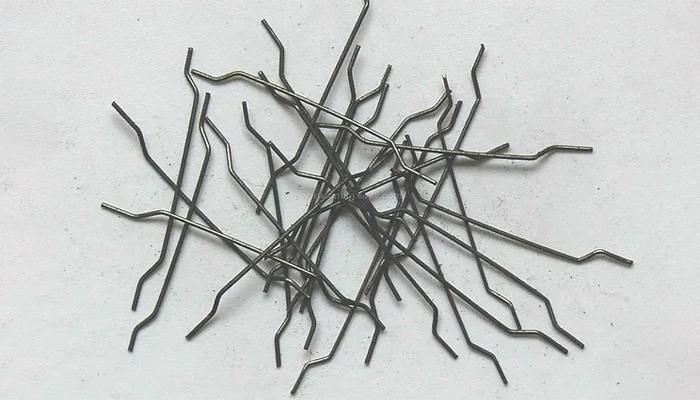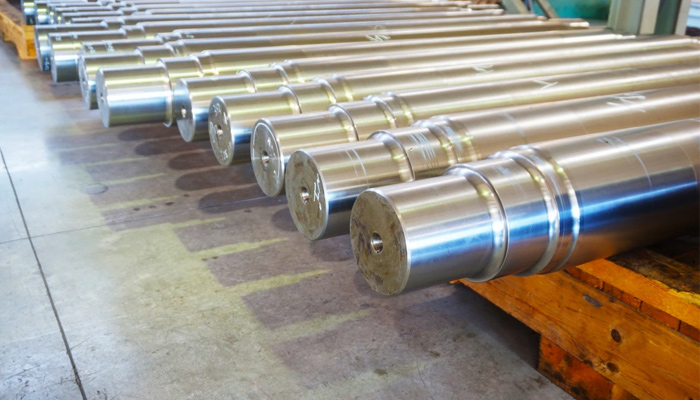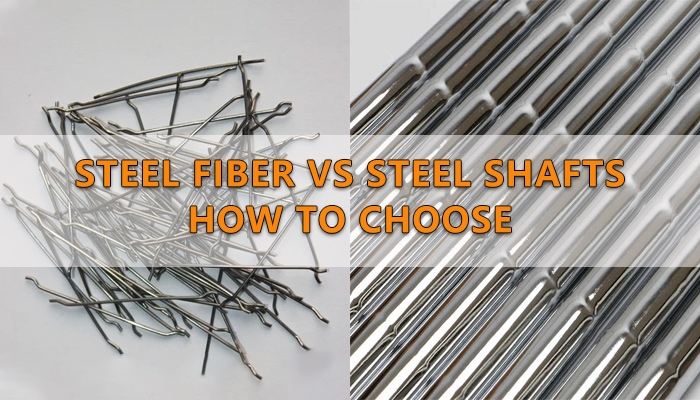When choosing between steel fiber and steel shafts, several factors must be considered. In this article, we will compare steel fiber and steel shafts, to help you make a decision.
Steel Fiber vs Steel Shafts: Key Differences
Steel fiber and steel shafts differ in several key ways. Here are the main differences:
1. Material: Steel fiber is made from a combination of steel and synthetic fibers, while steel shafts are made from a single piece of steel.
2. Flexibility: Steel fiber is more flexible than steel shafts, allowing for greater application versatility.
3. Strength: Steel shafts are generally stronger than steel fiber, but the latter can still provide significant strength and durability.
4. Weight: Steel fiber is lighter than steel shafts, making it ideal for applications where weight is a concern.
5. Cost: Steel fiber is generally more expensive than steel shafts.
Applications of Steel Fiber and Steel Shafts
Steel fiber and steel shafts have different applications based on their unique characteristics. Here are some of the most common applications for each:
Steel Fiber:
Reinforcing concrete and masonry structures
Strengthening existing structures
Providing additional support for heavy loads
Creating lightweight, high-strength composites

Steel Shafts:
Supporting heavy loads in construction and engineering projects
Providing structural support in buildings and bridges
Acting as axles in vehicles and machinery
Serving as drive shafts in mechanical systems
Factors to Consider When Choosing Between Steel Fiber and Steel Shafts
When deciding between steel fiber and steel shafts, several factors must be considered. Here are some of the most important factors:
1. Load Capacity: Steel shafts have a higher load capacity than steel fiber, making them ideal for applications where heavy loads are involved.
2. Flexibility: Steel fiber is more flexible than steel shafts, making it ideal for applications where versatility is important.
3. Cost: Steel fiber is generally more expensive than steel shafts, so cost is an important consideration.
4. Weight: Steel fiber is lighter than steel shafts, making it ideal for applications where weight is a concern.
Examples of Steel Fiber and Steel Shafts in Use
Here are some examples of steel fiber and steel shafts in use:
Steel Fiber:
The famous Burj Khalifa building in Dubai uses steel fiber-reinforced concrete for its structural strength.
The Golden Gate Bridge in San Francisco uses steel fiber-reinforced concrete for its deck.

Steel Shafts:
The Eiffel Tower in Paris uses steel shafts as support beams.
The Empire State Building in New York City uses steel shafts as elevator shafts.
Conclusion
In conclusion, steel fiber and steel shafts are both important materials in construction and engineering projects. The choice between the two depends on the specific requirements and applications.
By considering factors such as load capacity, flexibility, cost, and weight, you can make an informed decision and choose the right material for your project.
